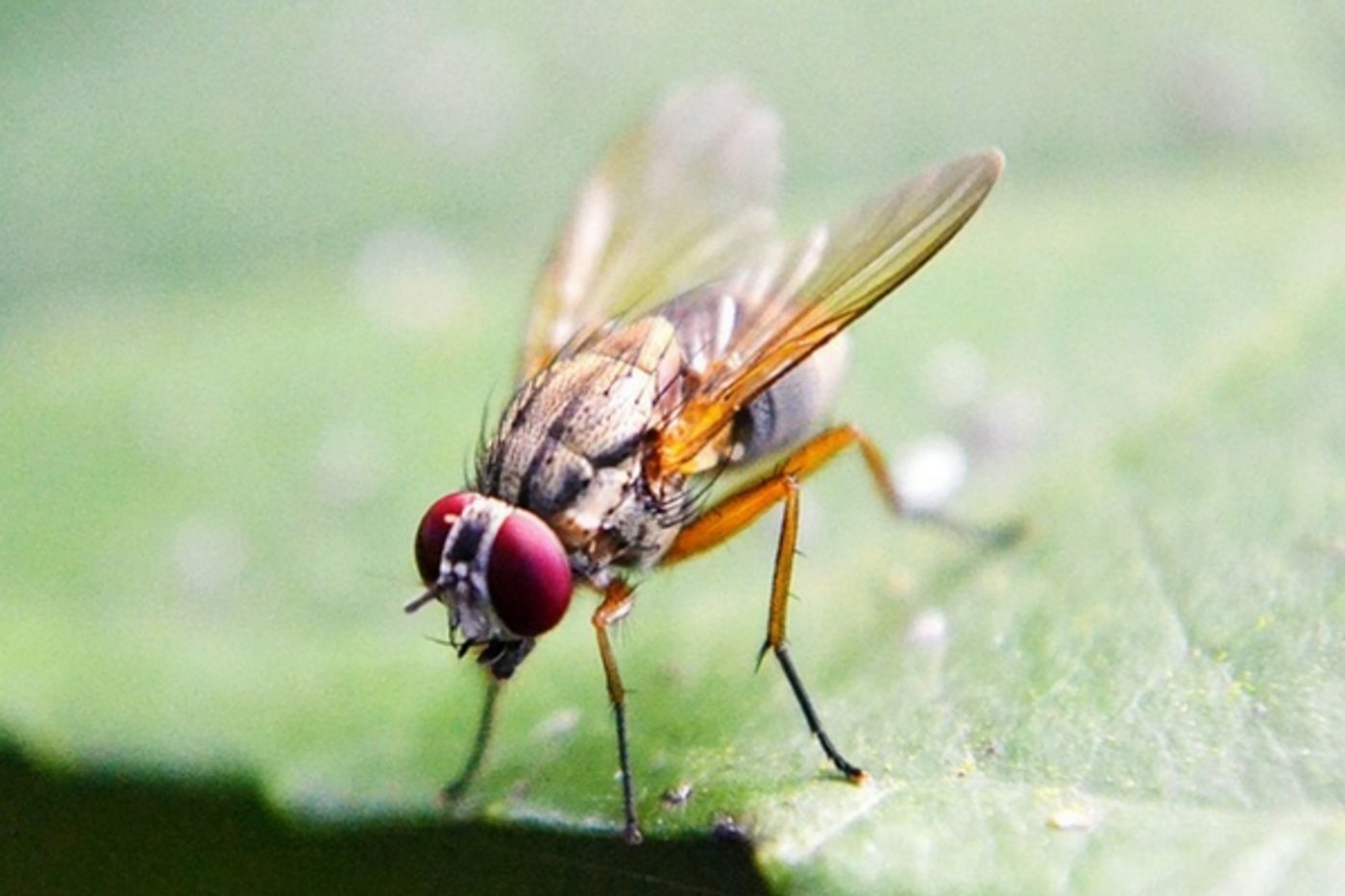AI And The Fruit Fly
The entire internet is dependent on a user's ability to search for a specific item, website or image and then get the information that is closest to the search terms. Entering queries and being able to get results that match is a crucial part of how people use the Internet.
It's about similarity, in fact when you browse YouTube for videos on how to cook a turkey, or a music service to find songs for a wedding, results about cheesecake and funeral music would not be helpful. Similarity searches can happen even without the user knowing it. Once you've watched a film on Netflix, the software is going to show you similar movies the next time you log on. Facial recognition software also depends on similarity being accurate.
But writing the code that makes these searches efficient is challenging. The human brain does this kind of thing very well, but turning that kind of accuracy into software isn't possible just yet. The Salk Institute and scientists from UC San Diego might have found a new model to learn from, and it's in an unlikely place…the brain of a fruit fly
Fruit flies can find food or realize something dangerous is around because they have a highly developed sense of smell. Once they have smelled something, it's stored in their memory, so if they encounter it again, a similarity search in the brain will allow them to respond by either going towards it or fleeing.
Saket Navlakha was the lead author of the paper. He's an assistant professor in the Salk Integrative Biology Laboratory, and he explained "This is a problem that pretty much every technology company with any kind of information retrieval system has to solve, so it's been something that computer scientists have studied for years. Now, we have this new approach to similarity searches thanks to the fly."
Navlakha's colleague Charles Stevens who works in the institute's Molecular Neurobiology Laboratory has studied fruit fly olfaction, and he co-authored the work. Working together they were able to see that when a fruit fly smells something for the first time neurons in the brain fire in a specific pattern that is then associated with that odor should it come up again.
In computer programming, each image, website, or video is "hashed" with a shortened form of coding so that when something similar is found, that item will also have parts of the same hashed pattern. Computer programmers shorten the information each time, so there are fewer hashes every time something similar comes along. In flies, it's the opposite. If they come across an odor similar to one before instead of 50 neurons firing, the fly's brain circuitry extends it to even more neurons. So similar smells are spread out among thousands of neurons, but that allows for each new smell to be given a precise neural "fingerprint." Odors can be given more exact neuron patterns when there are more neurons to choose from. In this way, the information is spread out and more accessible.
The goal of the study was not to describe the mechanism of how the flies store the information on the different odors, but rather to use the process of how they are grouped as a model for computer algorithms that improve search results. They tested their analysis on standard datasets used in computer programing and found that the way fruit flies organize their information enhances the way searches of data come up with similar items. The team hopes that their study can help develop machine learning. They believe it's the first time that a definite link between brain circuitry and computer algorithms has been successfully described. Take a look at their video to learn more about this exciting project.
Sources: Salk Institute, Science, The Verge









